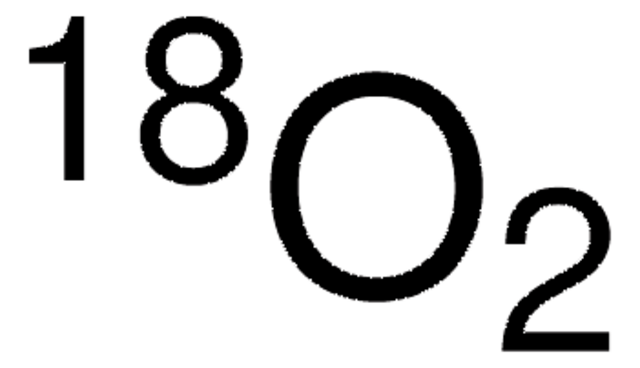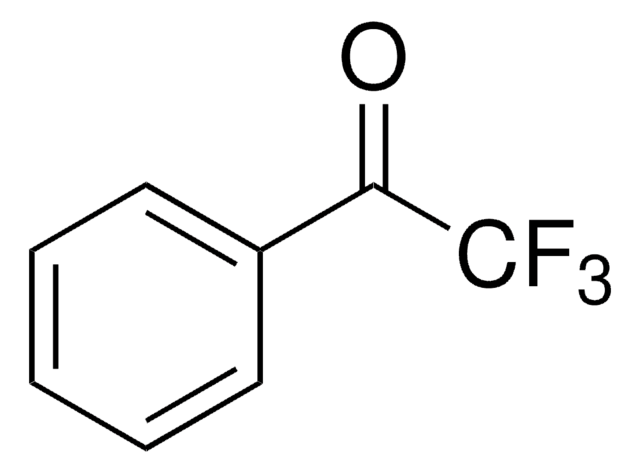609978
Hydrogen peroxide-18O2 solution
2-3% in H2O, 90 atom % 18O
Sign Into View Organizational & Contract Pricing
All Photos(1)
About This Item
Linear Formula:
H218O2
Molecular Weight:
38.01
MDL number:
UNSPSC Code:
12352119
PubChem Substance ID:
NACRES:
NA.12
Recommended Products
isotopic purity
90 atom % 18O
Quality Level
concentration
2-3% in H2O
mass shift
M+4
storage temp.
−20°C
SMILES string
[18OH][18OH]
InChI
1S/H2O2/c1-2/h1-2H/i1+2,2+2
InChI key
MHAJPDPJQMAIIY-XPULMUKRSA-N
General description
Hydrogen peroxide-18O2, isotopically labeled analogue of hydrogen peroxide.
Application
18O-labeled H2O2 is used to determine absolute rate and pathway of peroxide formation and decay processes in surface waters of a coastal marine site and also use to measure absolute rates of dark H2O2 production in freshwater systems. It is used to study the acetylcoenzyme A (Ac-CoA) metabolism and potential therapeutic approach for cognitive disabilities on D(16) mouse model of down syndrome.
Packaging
This product may be available from bulk stock and can be packaged on demand. For information on pricing, availability and packaging, please contact Stable Isotopes Customer Service.
Signal Word
Warning
Hazard Statements
Precautionary Statements
Hazard Classifications
Eye Irrit. 2
Storage Class Code
12 - Non Combustible Liquids
WGK
WGK 1
Flash Point(F)
Not applicable
Flash Point(C)
Not applicable
Personal Protective Equipment
dust mask type N95 (US), Eyeshields, Gloves
Choose from one of the most recent versions:
Already Own This Product?
Find documentation for the products that you have recently purchased in the Document Library.
Customers Also Viewed
Xiaojing Liu et al.
Cell, 175(2), 502-513 (2018-09-25)
Acetate is a major nutrient that supports acetyl-coenzyme A (Ac-CoA) metabolism and thus lipogenesis and protein acetylation. However, its source is unclear. Here, we report that pyruvate, the end product of glycolysis and key node in central carbon metabolism, quantitatively generates acetate
Our team of scientists has experience in all areas of research including Life Science, Material Science, Chemical Synthesis, Chromatography, Analytical and many others.
Contact Technical Service










